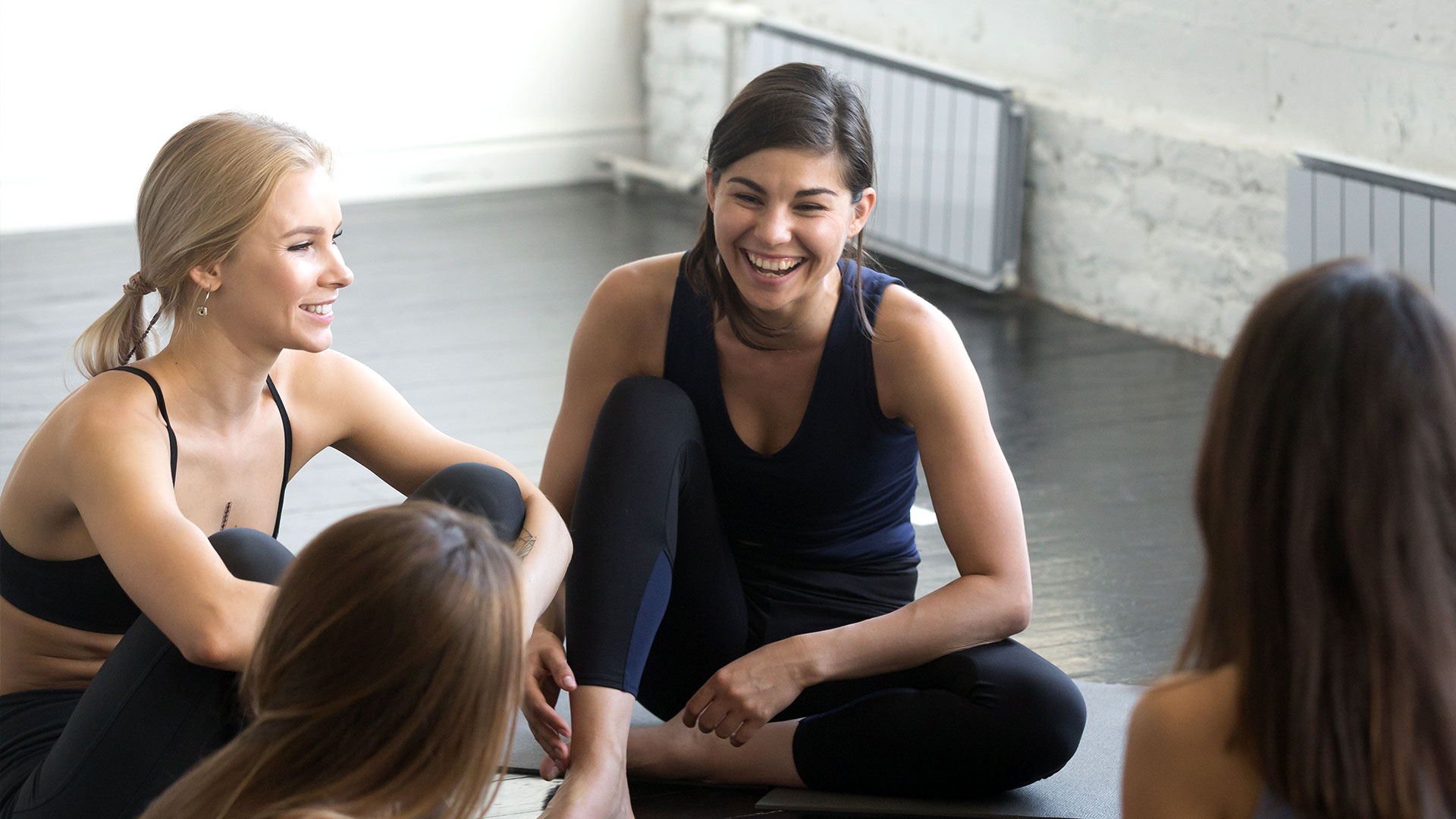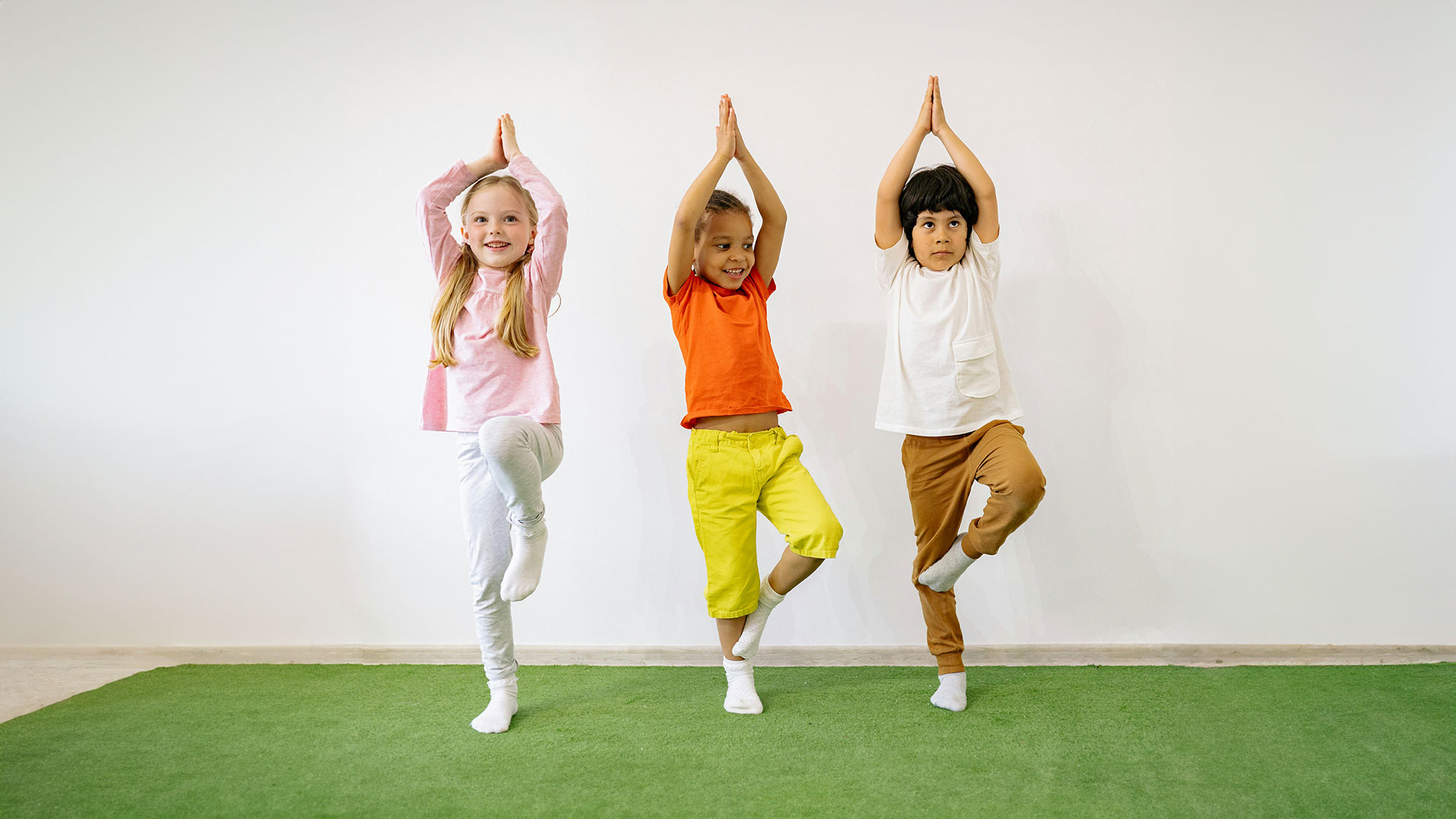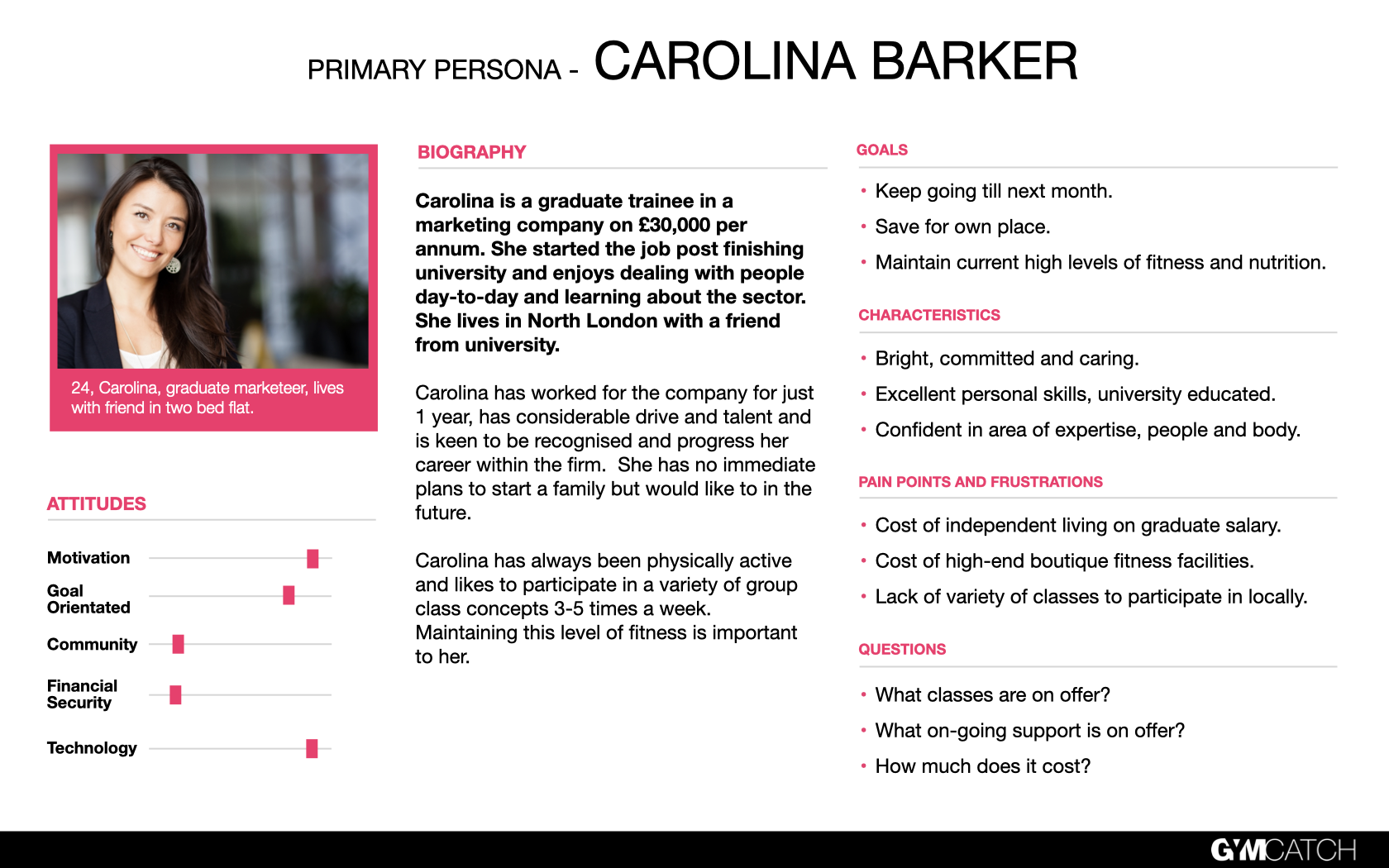
If you are passionate about fitness and teaching then you may be considering how to become a group exercise instructor. The rise of popularity in group fitness continues to grow, attracting over 4.7 million people per year in the UK alone. This surge has resulted in cast changes in the industry and the way group exercise classes are delivered.
Today, there is a demand for versatile group classes as well as talented and passionate instructors. If you are considering how to become a group exercise instructor, now is the ideal time to begin your journey, it is the ideal time to begin your professional journey.
In this article, we will unpack the steps you can take to build a successful career as a group exercise instructor.
What is a group exercise instructor?
As the name suggests, a group fitness instructor refers to a fitness professional who leads a group exercise class. This kind of class can fall into a variety of categories, from yoga and boxing to spinning and Crossfit training. This kind of career has gained popularity throughout the years, from aerobics classes of the 80s to Zumba classes today.
With group classes consistently growing and leaving rooms for innovation, the career of a group fitness instructor has never been more viable. However in order to be successful as a group exercise instructor, in an industry that can quickly become oversaturated, it is important to create a class dynamic that helps you stand out from the rest.
In order to stand out in this competitive industry, group exercise instructors need to elevate their teachings by infusing genuine passion and energy into their classes. A dynamic and enthusiastic presence can significantly enhance the overall experience for participants, motivating them to return and of course, attracting new members. Instructors should also focus on creating a positive and inclusive atmosphere, where everyone feels encouraged and valued.
Effective communication is key when it comes to being a group exercise instructor and instructors should use their voice confidently, providing clear instructions while also offering words of encouragement. Building a connection with participants by learning their names and acknowledging their progress fosters a sense of community and loyalty which cultivates an ever-growing class community.
But passion and communication aside, group exercise instructors need to have skill and recognise their responsibilities in group settings.
Group exercise instructor skills and responsibilities
In order to be a successful group exercise instructor, it is important to nurture diverse skills in order to lead engaging and effective classes:
- Communication: As stated previously, effective communication is key in this kind of environment as instructors must convey clear instructions, motivate participants, and create a positive atmosphere. The ability to articulate cues and provide feedback ensures participants understand and execute exercises correctly, reducing the risk of injury and enhancing the overall fitness experience.
- Choreography: Instructors need to design well-structured and dynamic routines that cater to various fitness levels. Seamless transitions and a variety of movements keep participants motivated and challenged. A balance between creativity and practicality ensures that routines are both enjoyable and effective in achieving fitness goals.
- Adaptability: Being able to adapt is important, as classes may include participants with different fitness levels, abilities, and preferences. With this in mind, instructors must be able to modify exercises on the spot to accommodate diverse needs while maintaining the overall class flow. Flexibility in adapting to unexpected situations or changes in class dynamics contributes to a positive participant experience and nurtures trust in a group setting.
- Leadership Skills: Leadership is important in order to create a cohesive and motivating group dynamic. Instructors should exude confidence, inspire trust, and establish a sense of community within the class. This involves learning participants’ names, acknowledging their progress, and fostering a supportive environment. Strong leadership is also evident in the ability to handle challenges gracefully and maintain composure under pressure.
A successful group exercise instructor possesses excellent communication, choreography, adaptability, and leadership skills. These skills, combined with effective class structuring and the creation of an energetic atmosphere, contribute to a fulfilling and motivating experience for participants.
Qualifications for being a group exercise instructor
Becoming a group exercise instructor doesn’t just require skill – it requires a combination of academic qualifications, relevant certifications, and specialised training in fitness formats.
Academic qualifications often include a degree in a related field such as Exercise Science, Kinesiology, or Physical Education. These foundational studies provide a theoretical understanding of anatomy, physiology, and exercise principles, forming the basis for effective instruction.
Certifications play a pivotal role in establishing an instructor’s credibility and ensuring they possess the necessary knowledge and skills. Widely recognised certifications from organisations like the American Council on Exercise (ACE), the National Academy of Sports Medicine (NASM), and the Aerobics and Fitness Association of America (AFAA) are highly valued in the fitness industry. These certifications typically involve rigorous training and examinations, covering topics such as exercise physiology, program design, and safety considerations.
Specialised training in fitness formats is crucial for instructors to lead diverse classes successfully. Different formats, such as dance-based workouts, high-intensity interval training (HIIT), or mind-body exercises like yoga, demand specific expertise. Instructors often pursue additional certifications or workshops in these specialised areas to deepen their understanding and refine their teaching techniques. For instance, a group exercise instructor aiming to teach a cycling class might pursue certification specifically tailored to indoor cycling.
Continual professional development is essential and instructors should always stay up to date with emerging trends, research, and innovations by participating in workshops, attending conferences, and seeking advanced certifications. This commitment to ongoing education not only enhances an instructor’s expertise but also demonstrates a dedication to providing participants with the latest and most effective fitness experiences.
How to become a group exercise instructor?
Embarking on the journey to become a Group Exercise Instructor involves strategic steps.
-
Education:
Acquire a relevant degree in fields such as Exercise Science, Kinesiology, or Physical Education. Alternatively, pursue certifications from reputable organisations like ACE, NASM, or AFAA specialising in group fitness instruction.
-
Practical experience:
Participate in various fitness classes and workshops to gain hands-on experience and exposure to different exercise formats.Volunteer to lead small group sessions or assist experienced instructors to enhance practical skills.
-
Securing a job:
Develop a standout resume and portfolio that highlights your educational background, certifications, and practical experience. Make use of fitness job boards, both online and offline, to explore job opportunities. Also make sure to attend industry events and network with professionals to discover potential openings and establish your name in the industry.
-
Alternative routes into the profession:
Consider apprenticeships or mentorship programs with experienced instructors or fitness facilities to gain specialised training and insights.Engage in community involvement by leading fitness classes at local community centres or organising outdoor sessions to build practical teaching experience.Explore alternative certifications or workshops that focus on specific group exercise formats to diversify your skill set.
-
Continual professional development:
Stay updated on the latest fitness trends, research, and teaching methodologies by attending workshops and conferences.Consider pursuing advanced certifications to enhance your expertise and credibility.
-
Leverage technology
Streamline your classes, communication and teachings through technology. Leveraging Gymcatch technology can be a game-changer for growing your group exercise business by streamlining operations and enhancing the overall participant experience. The platform offers efficient class management tools, allowing you to easily schedule and organise group exercise sessions. This not only simplifies the planning process but also optimises the class timetable, avoiding scheduling conflicts and ensuring a consistent and convenient schedule for participants.
By following these steps and strategies, aspiring group exercise instructors can build a solid foundation, gain practical experience, and navigate various paths to establish a successful and fulfilling career in the dynamic world of group fitness.
In conclusion
Becoming a group exercise instructor is a rewarding journey that requires a combination of passion, skills, and dedication. As the popularity of group fitness continues to rise, there is an increasing demand for versatile and passionate instructors who can create engaging and effective classes. The industry’s evolution has opened up various opportunities, making it an ideal time to embark on a professional journey as a group exercise instructor.
For those aspiring to become group exercise instructors, the journey involves a strategic approach, including obtaining relevant education, gaining practical experience, securing a job, and exploring alternative routes into the profession. Leveraging technology, such as Gymcatch’s fitness management system, further streamlines class management and communication, contributing to the overall growth of the business.
The path to becoming a successful group exercise instructor is multifaceted, requiring a blend of education, experience, and a commitment to ongoing development. With dedication and a passion for fitness, individuals can thrive in this exciting and evolving field, shaping the fitness journeys of countless participants.












